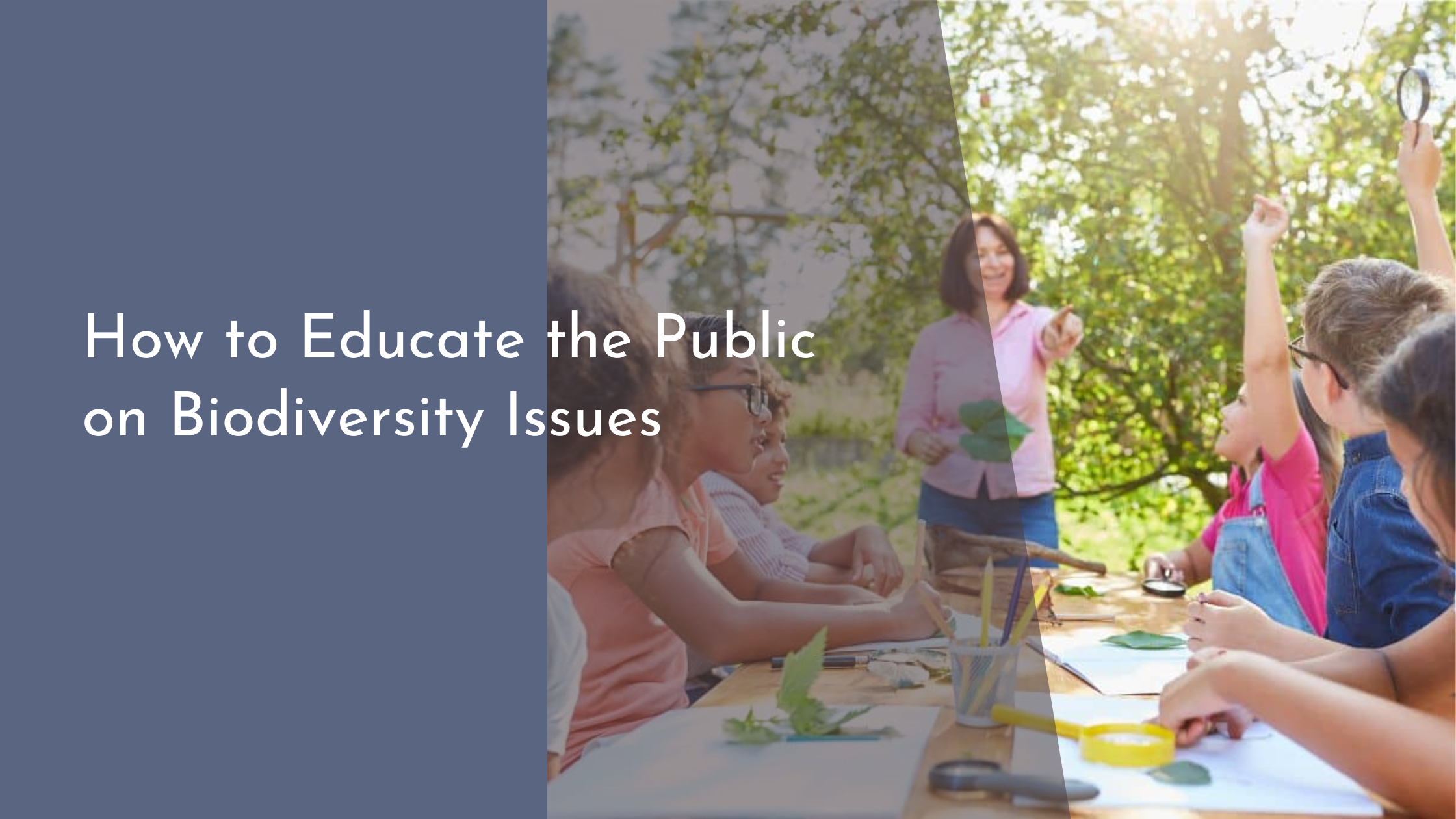How to Educate the Public on Biodiversity Issues
Biodiversity, the variety of life on Earth, is crucial for maintaining the balance of ecosystems and ensuring the well-being of all living beings. However, with growing environmental challenges, it has become increasingly important to educate the public about biodiversity issues. By understanding the significance of biodiversity, employing effective communication strategies, utilizing innovative educational tools, and fostering community involvement, we can inspire collective action towards the conservation and preservation of our natural world. This article explores these essential components of public education on biodiversity.
Understanding the Importance of Biodiversity
Biodiversity is the cornerstone of ecosystem health and resilience, providing vital services that sustain human life, such as clean air and water, food resources, and disease regulation. Without a diverse range of species, ecosystems would become fragile and less productive, impacting everything from agricultural output to our ability to adapt to climate change. Educating the public on these connections helps underscore the relevance of biodiversity to our everyday lives, sparking a deeper appreciation and commitment to conservation efforts.
Moreover, biodiversity contributes to cultural and recreational values that enrich human experience. Various species have inspired art, folklore, and traditions across cultures and generations. By showcasing these cultural connections, educators can create relatable narratives that engage diverse audiences. Understanding biodiversity’s multifaceted importance encourages individuals to recognize their role in sustaining it, fostering a sense of responsibility and stewardship towards the natural world.
Effective Communication Strategies for Engagement
To effectively engage the public on biodiversity issues, it is crucial to craft messages that resonate with different audiences. Tailoring communication strategies to specific demographics—such as by age group, cultural background, or region—can significantly increase the impact of educational efforts. For instance, using social media platforms and visual storytelling can capture the attention of younger audiences, while community workshops and storytelling can be more effective for older generations or those in rural areas.
Emphasizing positive narratives and solutions-oriented messaging can also enhance public engagement. Rather than focusing solely on the dire consequences of biodiversity loss, highlighting success stories, conservation achievements, and actionable steps people can take helps foster optimism and empowerment. This approach not only raises awareness but also motivates individuals to participate in biodiversity conservation efforts, creating a more proactive and informed public.
Innovative Tools for Educating Diverse Audiences
Harnessing the power of technology can transform how we educate the public about biodiversity. Virtual reality (VR) and augmented reality (AR) experiences offer immersive learning opportunities, allowing individuals to explore diverse ecosystems and witness the impacts of biodiversity loss firsthand. These tools can bring distant environments closer, making the issues more tangible and personal for those who might not have direct access to such experiences.
Additionally, citizen science platforms enable individuals from all walks of life to contribute to biodiversity research and conservation efforts. By participating in data collection and analysis, people can gain a deeper understanding of local ecosystems and the global biodiversity crisis. This hands-on approach not only educates participants but also empowers them to take an active role in environmental stewardship, fostering a sense of community and shared responsibility.
Building Community Involvement and Support
Community involvement is crucial for successful biodiversity education and conservation initiatives. By engaging local groups, schools, and organizations, educators can foster a sense of ownership and collective effort in addressing biodiversity issues. Organizing community events such as tree planting, clean-up drives, or wildlife monitoring activities encourages active participation and provides tangible ways for people to contribute to conservation efforts.
Creating partnerships with local stakeholders, including businesses, government agencies, and non-profits, can further enhance community support. Collaborative efforts can amplify resources and reach, strengthening educational campaigns and conservation projects. By building strong community networks, we can inspire a ripple effect of awareness and action, ultimately leading to more sustainable and resilient ecosystems.
Educating the public about biodiversity is a multifaceted endeavor that requires understanding its importance, employing effective communication strategies, utilizing innovative tools, and fostering community involvement. By addressing these key areas, we can inspire a greater collective commitment to preserving the natural world that sustains us all. As we continue to face environmental challenges, our efforts in education and engagement can drive meaningful change, ensuring a future where biodiversity thrives for generations to come.

